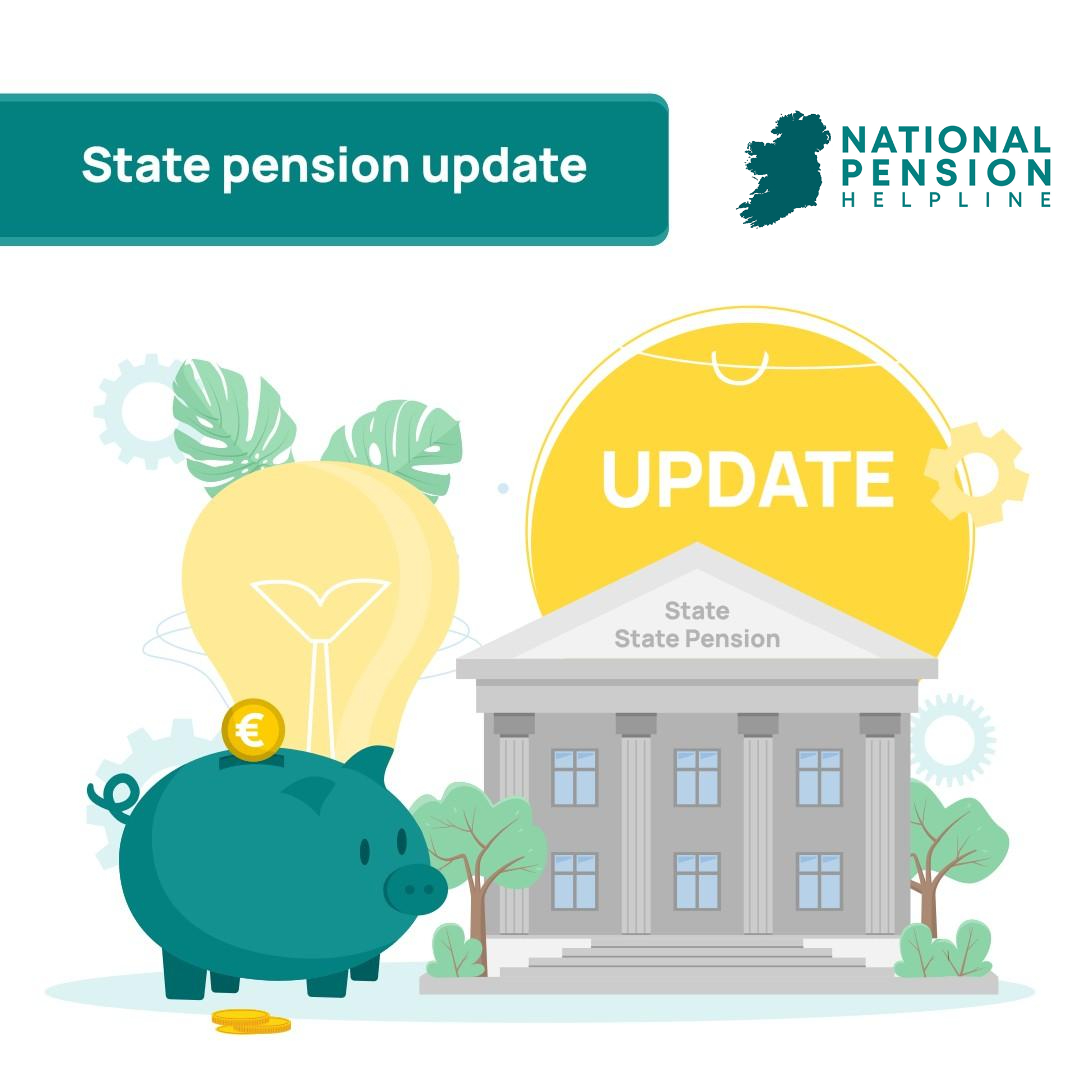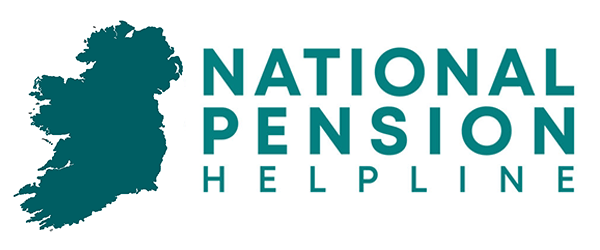Introduction
The Irish have a long history of living and working in the UK. In 2021, the ONS estimated that around 370,000 Irish nationals were living in the UK. When an Irish national moves to the UK and takes up employment, that individual will start paying National Insurance contributions to His Majesty’s Revenue and Customs (HMRC). National Insurance Contributions are the UK equivalent of Pay-Related Social Insurance (PRSI) in Ireland.
National Insurance Contributions are what determines an Irish national’s entitlement to a UK State Pension. Therefore, it’s possible for an Irish national, who previously worked in the UK, to claim a UK State Pension from Ireland in addition to their Irish State Pension. Naturally, there are some terms and conditions associated with claiming a UK State Pension from Ireland and it’s easy to get bogged down in the details.
But fear not, by the end of this article you’ll know:
How To Qualify For The UK State Pension
How Much Is The UK State Pension?
The value of the UK’s ‘New State Pension’ is £221.20 per week, which is £11,502.40 per year. You need 35 qualifying years on your National Insurance record in order to be entitled to the full UK State pension.
The minimum of 10 qualifying years needed on your National Insurance record would buy you a UK State Pension entitlement equal to £63.20 per week or £3,286.40 per year^. Remember, this is an entitlement to the UK State Pension every year in retirement until you die. The more qualifying years you have in excess of the minimum requirement of 10, the more UK State Pension you’ll get.
^ £63.20 per week = (£221.20*(10/35)) & £3,286.40 per year = (£11,502.40*(10/35))
How To Claim The UK State Pension In Ireland
Here are the steps that you need to take in order to claim the UK State Pension in Ireland before April 5th 2025^:
^Please note: Irish nationals who previously worked in the UK will still be able to claim the UK State Pension after April 5th 2025 if they’re eligible. The reference to April 5th 2025 solely concerns the ability to purchase up to 18 qualifying years in one go which will expire after this date.
It is crucially important that you get this process started ASAP. HMRC is experiencing a huge surge in customer requests, hence why the deadline was extended from April 2023 to April 2025. The sooner you get this process started, the more likely it is that HMRC will get back to you before the deadline.
As for payment, if you’re paying for Class 2 contributions, you can pay online using your online banking details and the 18-digit reference number shown on your HMRC payment request. This reference number is entered onto a webpage where you’ll subsequently be prompted to pay via bank account. If you’re paying for Class 3 contributions, you can pay online in a similar fashion. You’ll need to enter your 18-digit reference number which you’ll find on your bill.
Once you’ve pay your contributions, you’ll then receive a notice each year from the HMRC for the tax year just gone. Essentially, the HMRC is notifying you of the amount that would need to be paid IF you wanted to add the prior tax year just gone to your National Insurance record. There is no obligation to pay contributions beyond what you initially specify to HMRC.
Closing Words
Voluntary national insurance contributions are 100% worthwhile if they’re available to you. Class 2 contributions in particular represent incredible value for money, but Class 3 is no joke either. However, you need to take action today in order to fully avail of, what could be, 18 additional years on your National Insurance record. That option expires on April 5th 2025. Once you have filled in the gaps in your National Insurance record, the journey doesn’t stop there. You can continue to add one year to your record at the end of each and every tax year, slowly working towards a full UK State pension entitlement.


